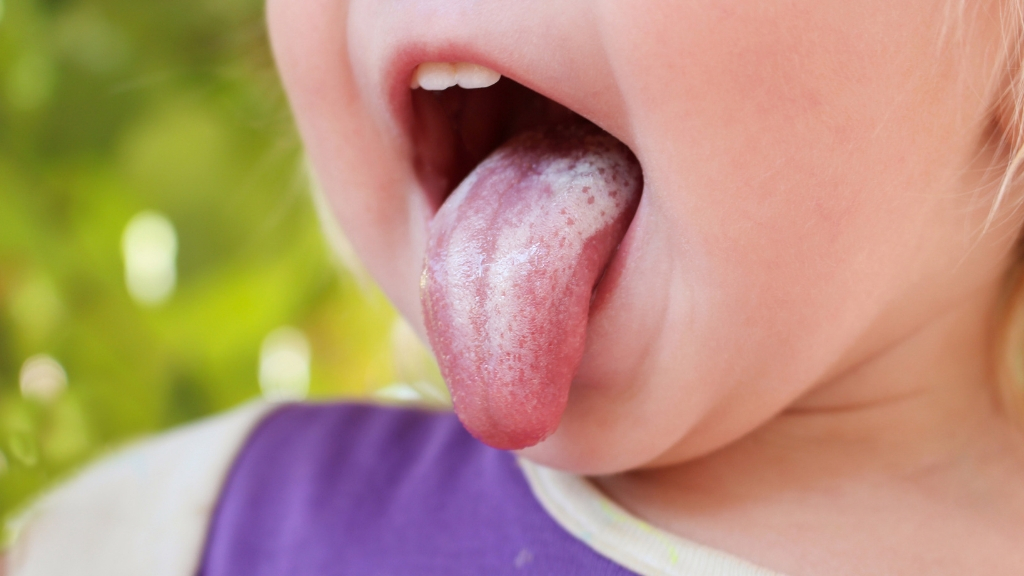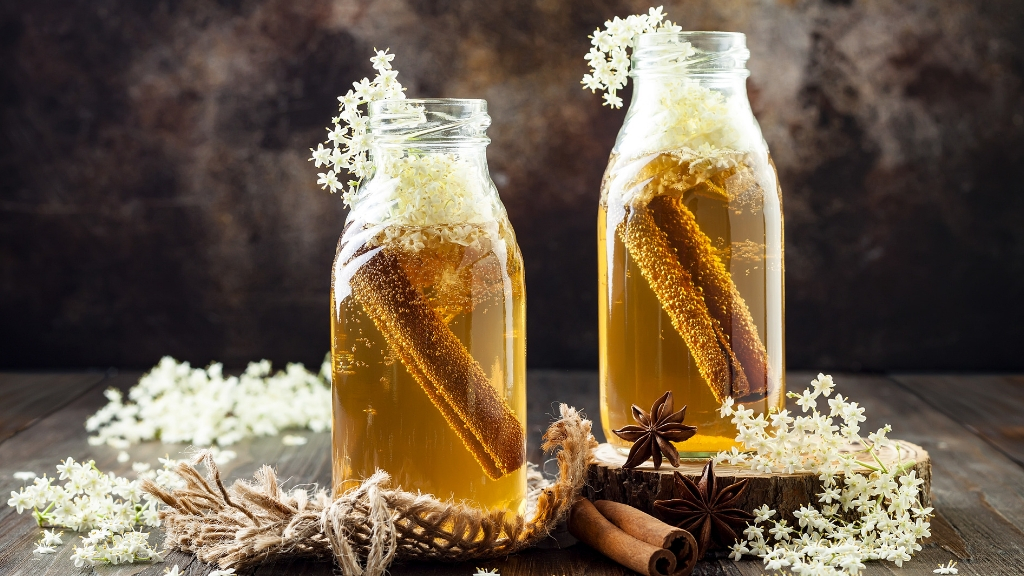7 Signs of Candida Overgrowth (And How to Get Rid of It)
8 minute read
Along with all the bacteria that lives naturally in and on your body, there are also many types of fungi too. The yeast known as Candida is commonly found in small amounts in your mouth, intestines and on your skin.
At normal levels, this yeast is not a problem, but occasionally it can grow uncontrollably and cause an infection known as candidiasis. When it comes to fungal infections in humans, Candida is often the main culprit.
Just as the healthy and friendly bacteria in your body keep pathogenic strains from taking over, they also keep Candida under control. If there is any disruption to the balance of bacteria, then the yeast can begin to overproduce and take over.
| Related: Bacteria in Food May Lead to Heart Disease and Stroke |
Keeping Candida under control is important. When it begins to grow out of control, you become at increased risk for various health problems. The key factors that contribute to Candida overgrowth are:
♦ Taking antibiotics
♦ Taking oral contraceptives
♦ High alcohol consumption
♦ A weakened immune system
♦ Diabetes
♦ High stress levels
♦ A diet that is high in sugar and refined carbohydrates.

How to Identify an Overgrowth
If Candida has started to overproduce, there will be a number of symptoms you can look out for. Should you notice any of these, it is recommended that you speak with your doctor right away and begin a course to get the levels under control again.
Oral Thrush: When candidiasis develops in the mouth or throat it is commonly known as thrush. It is more common among infants and elderly individuals with weakened immune systems.
It is also common among those with poor oral hygiene. The signs of oral thrush are white, bumpy patches on the tongue, inner cheeks, gums, and tonsils, and the lesions may be painful.
If left untreated, it can spread to the esophagus and interfere with swallowing.
| Related: How to Make Good-For-Your-Gut Yogurt From Scratch |
Recurring Genital Tract Infections: Candida is common in the vaginal tracts of women, and when growing out of control, a yeast infection develops. 75% of women will get a yeast infection at some point in their lives and men can even develop this too.

The signs to look for include redness, swelling, itching, and a thick, white discharge. Although not as common as genital infections, candidiasis can also cause urinary tract infections, especially in individuals with compromised immunity.
Digestive Problems: Balanced bacteria is essential to gut health. The “good” bacteria help to process starch, fibers, and sugars. When out of balance, though, you experience bloating, cramps, constipation, and/or diarrhea.
| Related: Researchers Find Link Between Parkinson’s and Gut Bacteria |
This imbalance also allows Candida to grow without control and can cause several digestive diseases, including ulcerative colitis and Crohn’s disease.
Joint Pain: It is possible for a Candida infection to enter your bloodstream. When this happens, it can travel through your body causing arthritis.
| Related: The Arthritis Diet: Eating Your Way to Inflammation Relief |
Hips and knees are the most commonly affected joints, and you will notice severe pain, stiffness, and swelling in the affected areas. This typically only happens if an infection is left untreated for too long.
Fatigue: This is one of the most common symptoms of a Candida infection. It is not specifically known that the yeast causes fatigue, but it is thought to contribute to it in a few ways.
Candidiasis is usually accompanied by nutritional deficiencies, specifically in fatty acids, magnesium and vitamin B6. Deficiency in any of these essential nutrients is linked to fatigue.

Sinus infections: Chronic sinus infections affect one in eight adults, and, in the majority of cases, fungi are found in the mucous. Bacteria is typically the cause for short-term sinus problems, but longer-term issues are linked to fungi, such as Candida yeast.
Skin and Nail Fungal Infections: There are bacteria on your skin that protect you in the same way as the bacteria in your gut. Different bacteria and fungi thrive in different temperatures, moisture levels, and acidity, which is how environmental changes can allow Candida to overproduce on your skin.
Cosmetics, soaps, and antibacterial products can alter skin conditions allowing the yeast to grow. Candidiasis typically causes the conditions athlete’s foot, ringworm, and toenail fungus.
Treating Candidiasis
Now that you know what to look for, the next step is treating it and preventing a future occurrence. The old saying ‘you are what you eat’ comes into play here, because the foods you eat affect the bacterial balance in your gut.
Refined sugars, carbohydrates and high-lactose dairy encourage the growth of Candida. Avoiding these foods is one step, but increasing intake of foods that promote good bacterial growth and inhibit Candida is also necessary.
♦ Garlic: This contains the antifungal compound allicin, which acts against Candida.
♦ Curcumin: The key compound in the spice turmeric can kill yeast and reduce growth.
♦ Aloe Vera: This inhibits oral Candida growth and can stop infections from spreading.
♦ Pomegranate: Certain compounds found within help to fight against yeast overgrowth.
♦ Coconut Oil: This is high in lauric acid which has been shown to fight Candida growth.
♦ Kombucha: This is rich in polyphenols and acetic acid, both of which kill Candida.
♦ Probiotics: Probiotics can help prevent any overgrowth or infection in the gut.

Candidiasis is typically not life-threatening, but if not treated it can enter the bloodstream and cause further damage. Once in your blood, the infection can infect vital organs, like your brain and heart, causing much more serious complications.
Since it is something you can treat, it is best to do so as soon as the infection or overgrowth is detected. Dietary changes can take care of the situation sometimes, but often antifungal drugs are required to remove everything.
The Bottom Line
Candida is the yeast most commonly known to cause fungal infection within humans, and it is easily treated once discovered. There are several key symptoms to help you identify candidiasis so that you can seek treatment and make the necessary dietary and lifestyle changes.
You want to treat the condition before it spreads and gets worse. A small yeast can grow and cause big problems, so awareness is your best defense.












